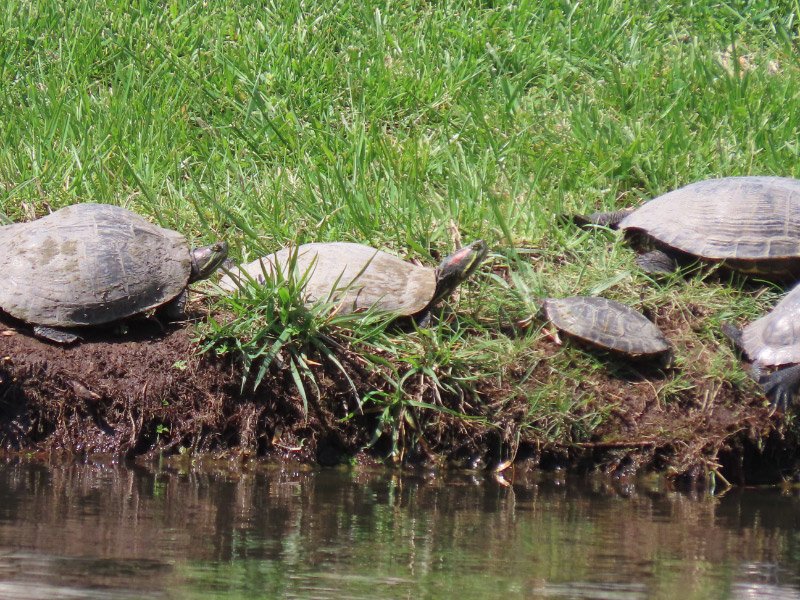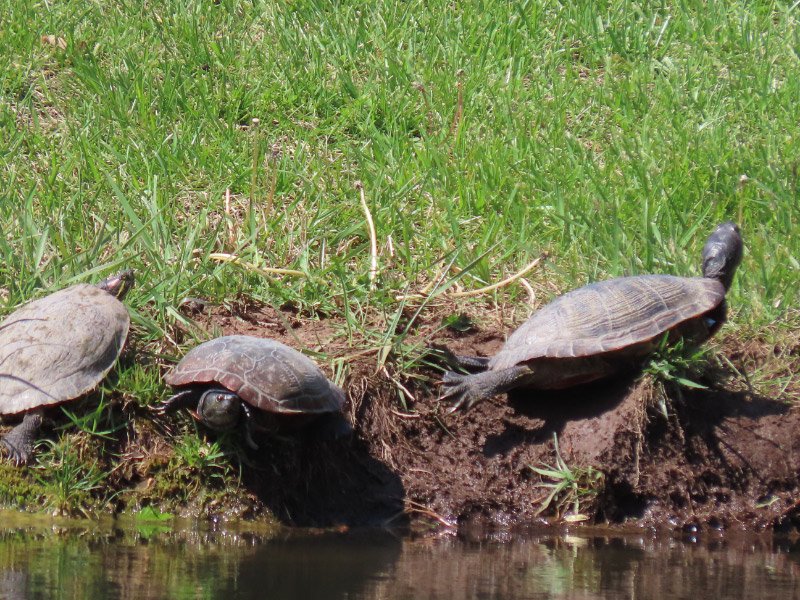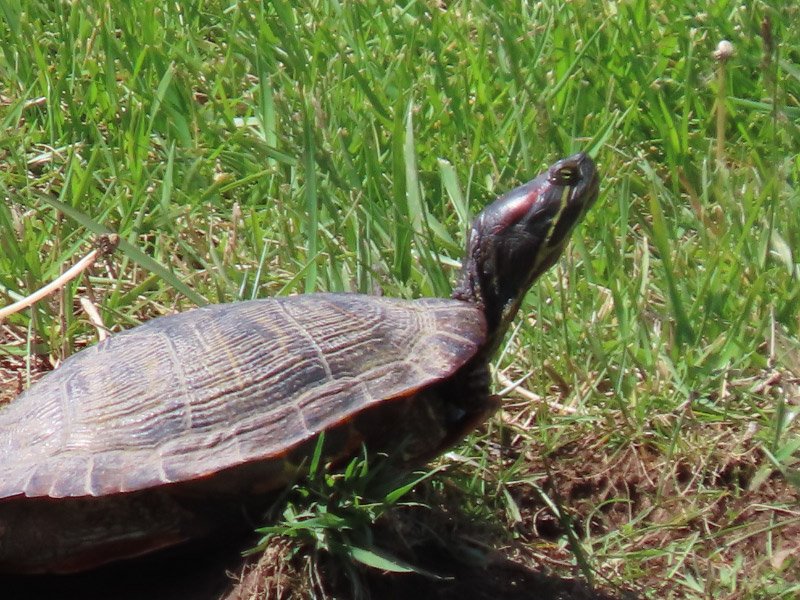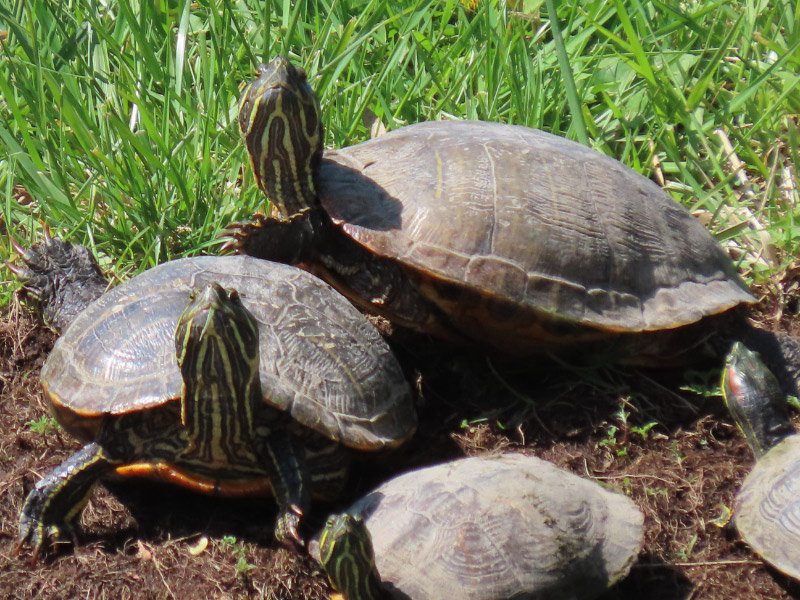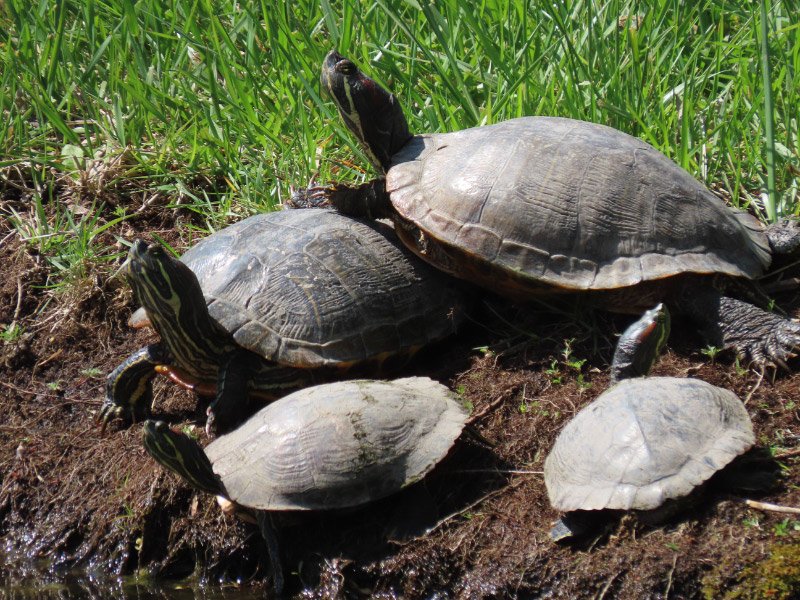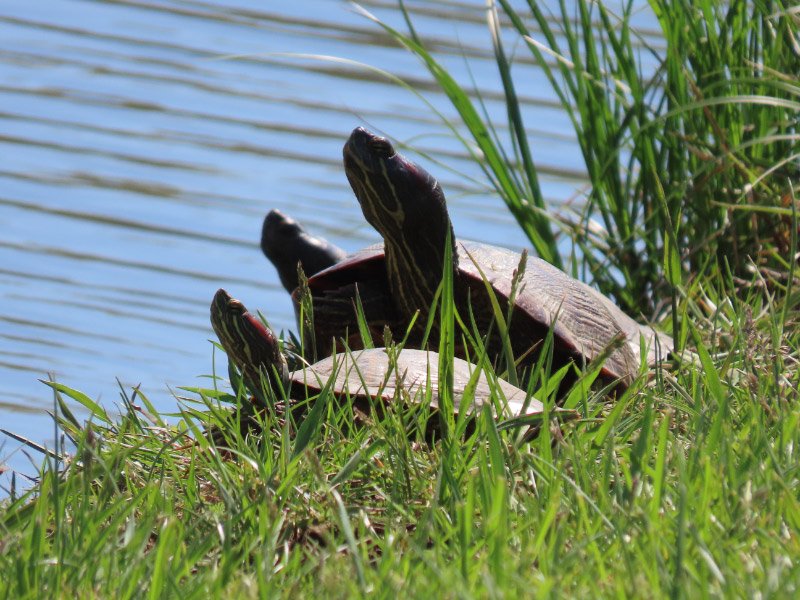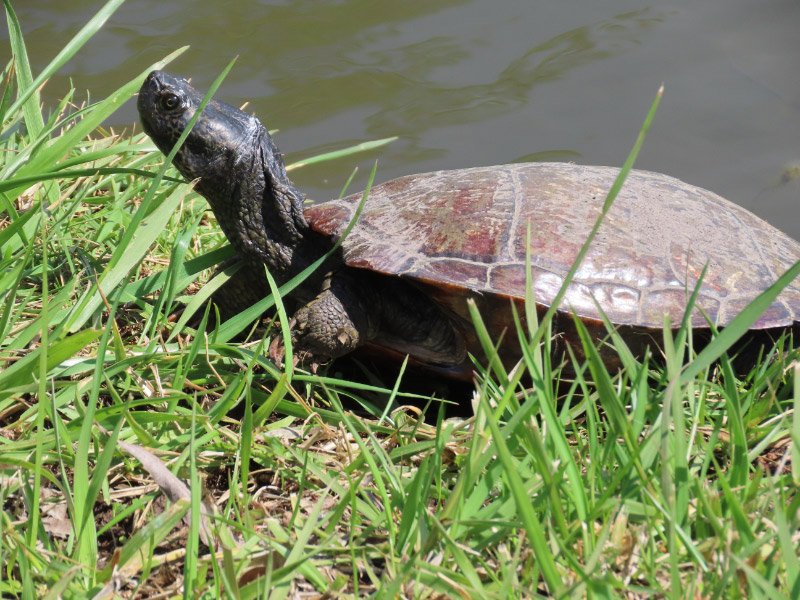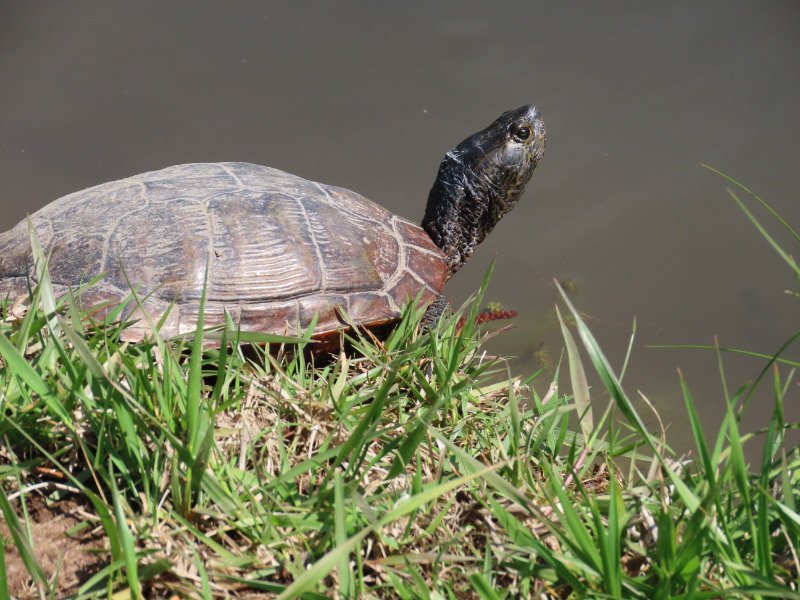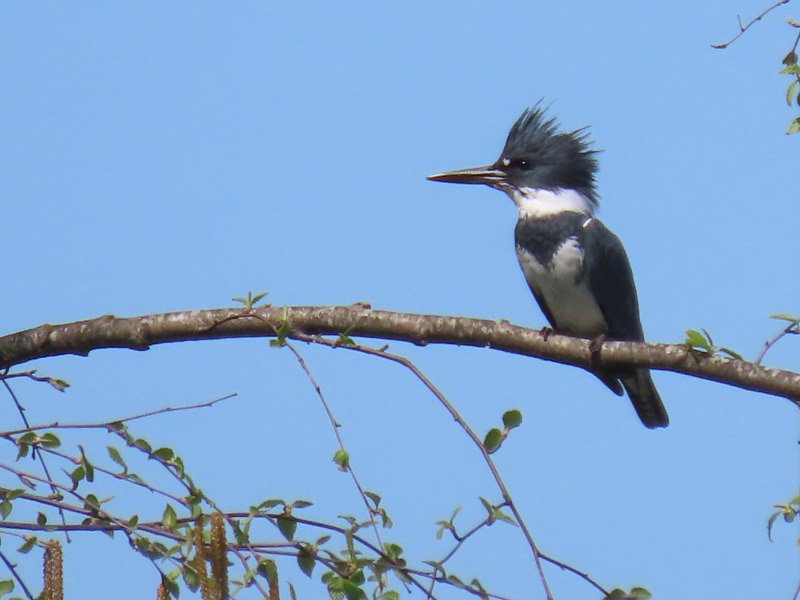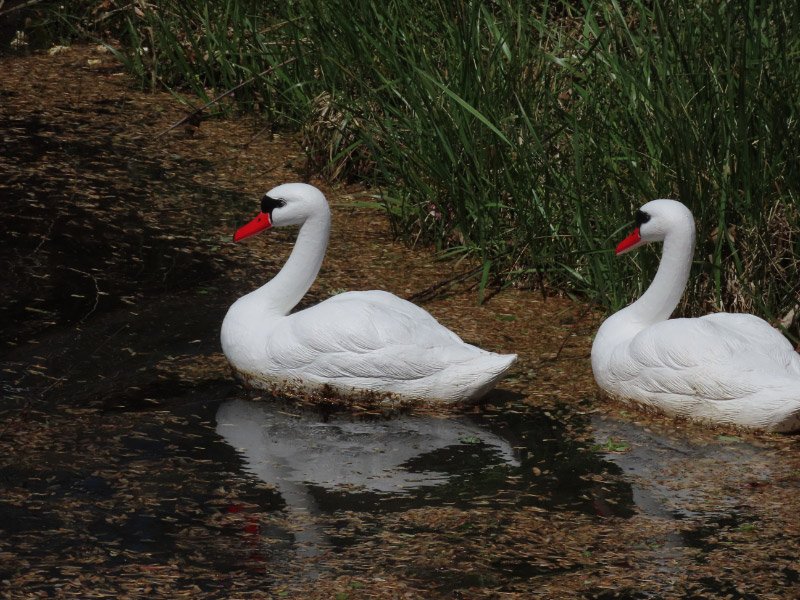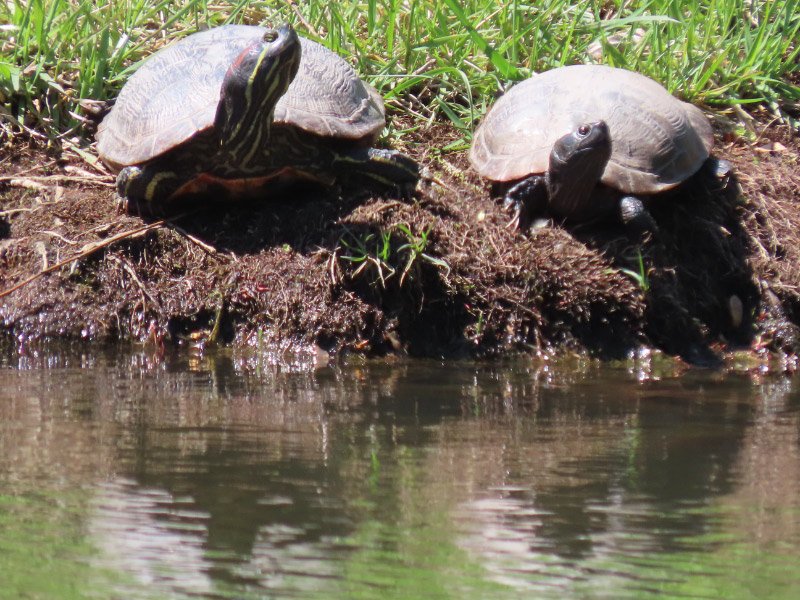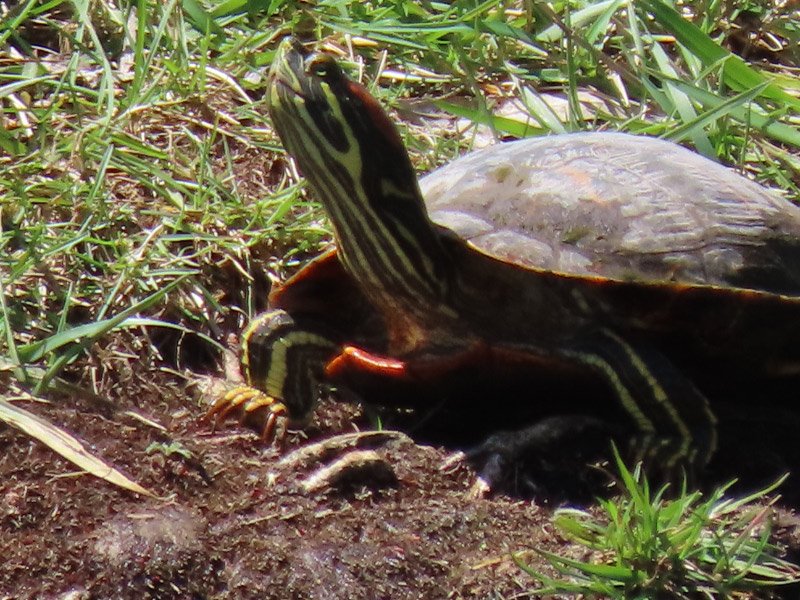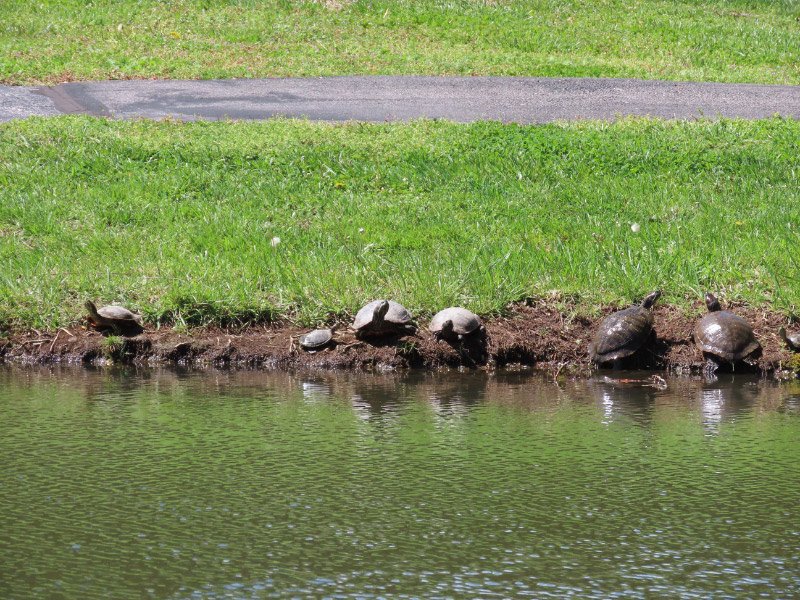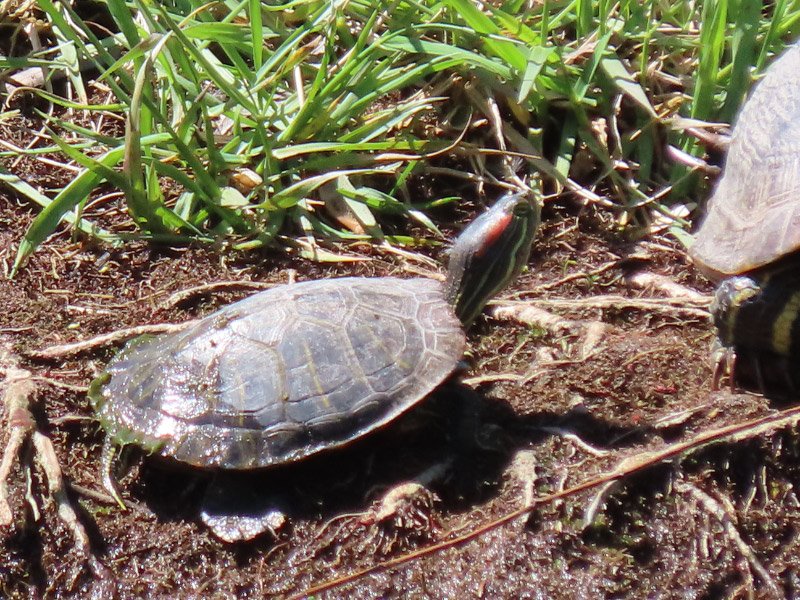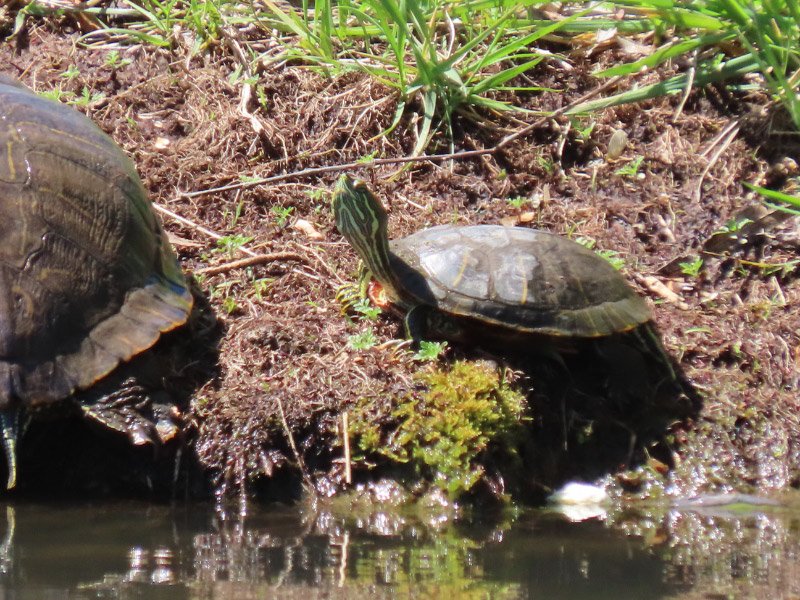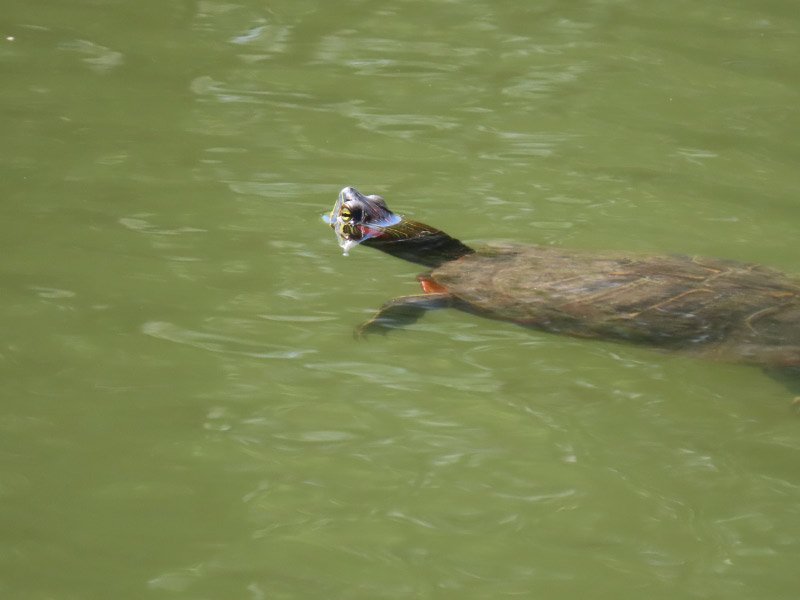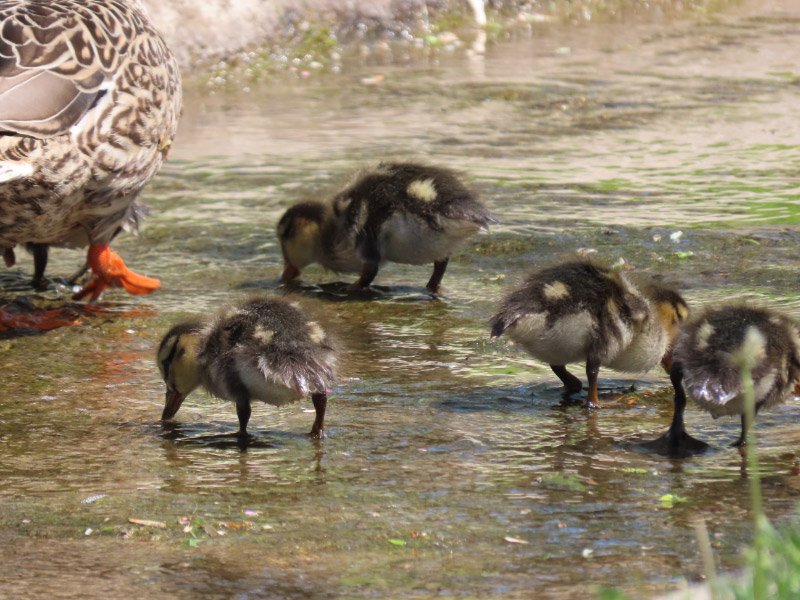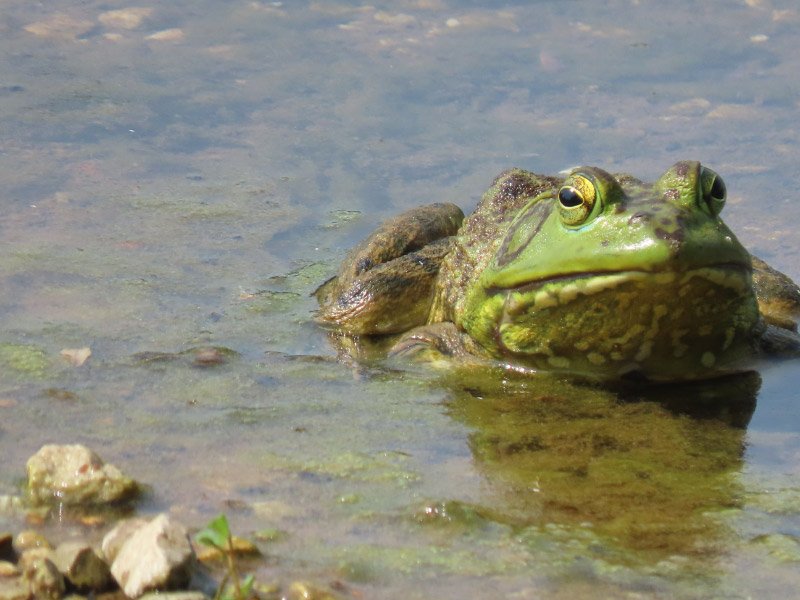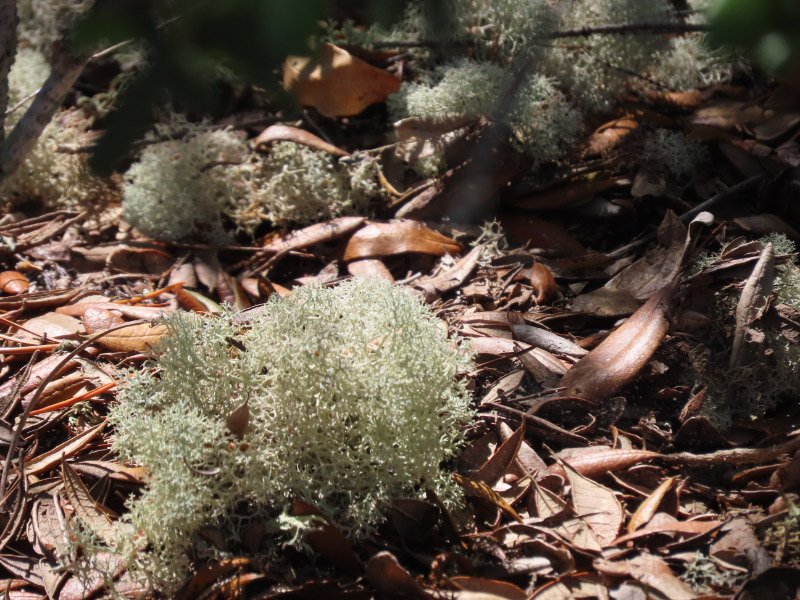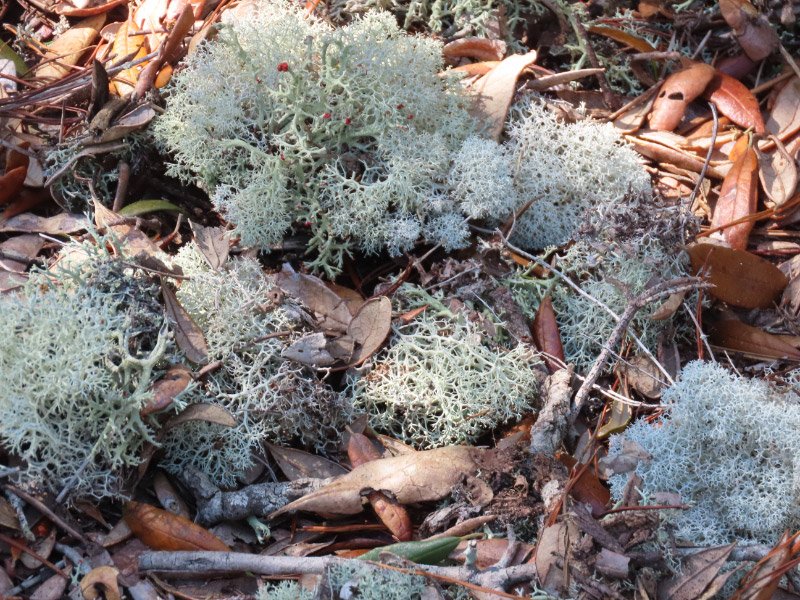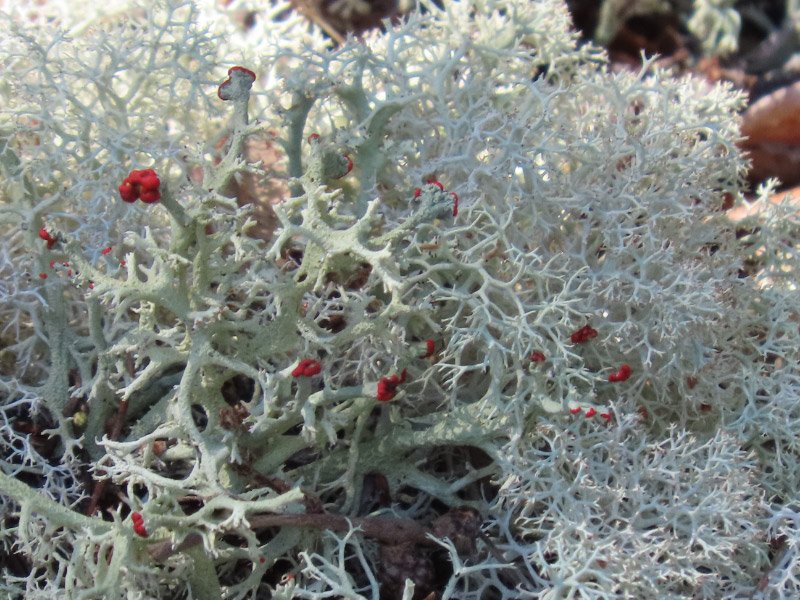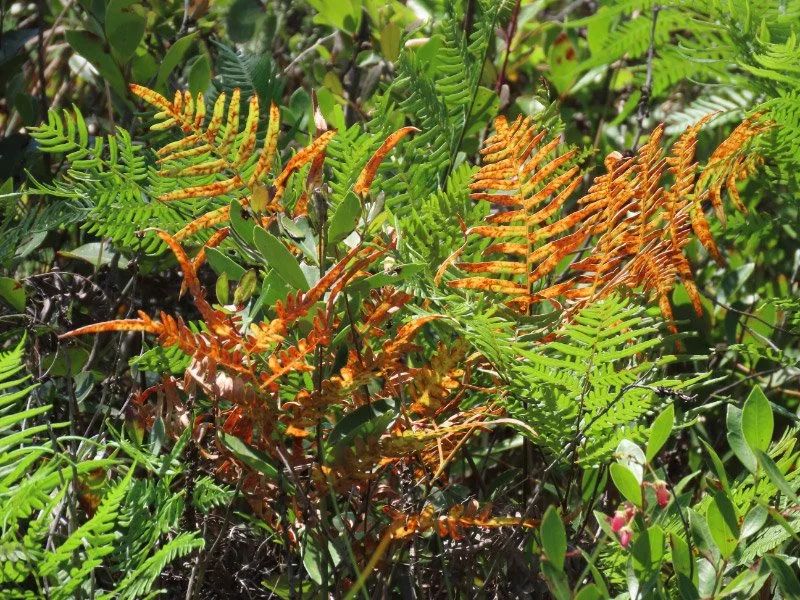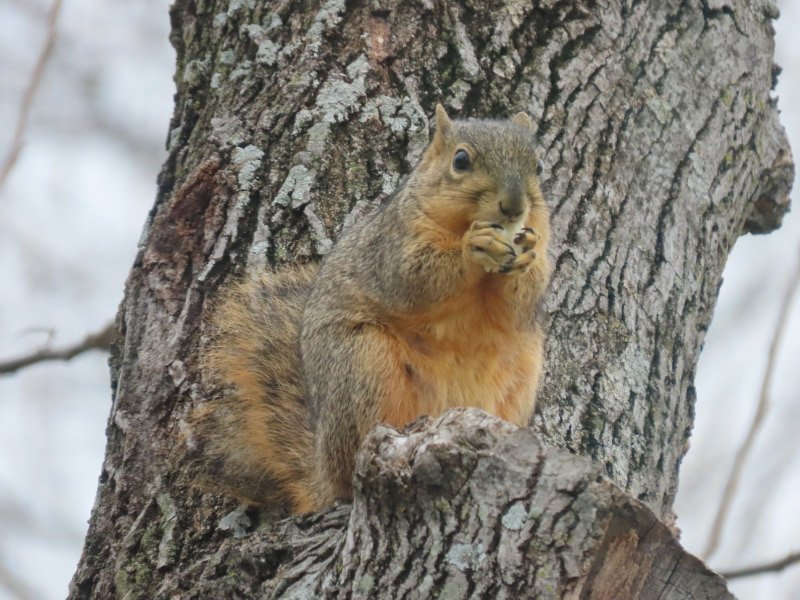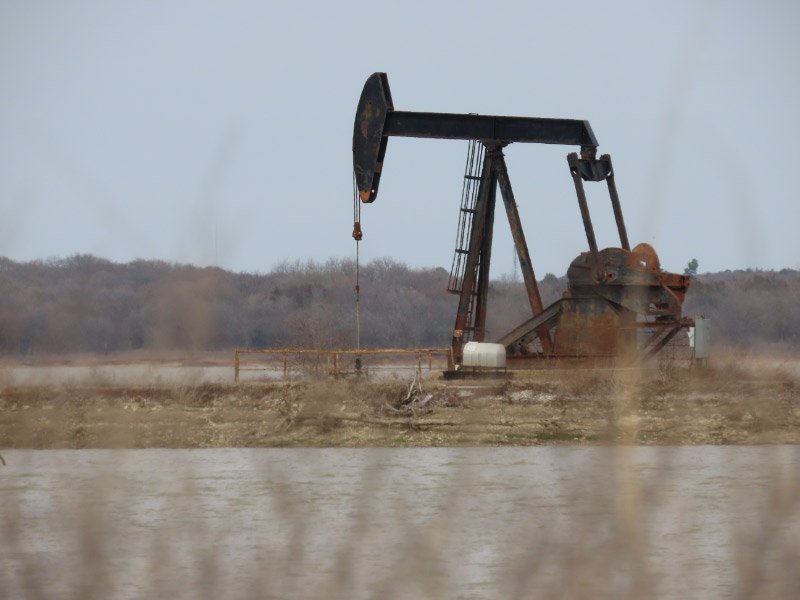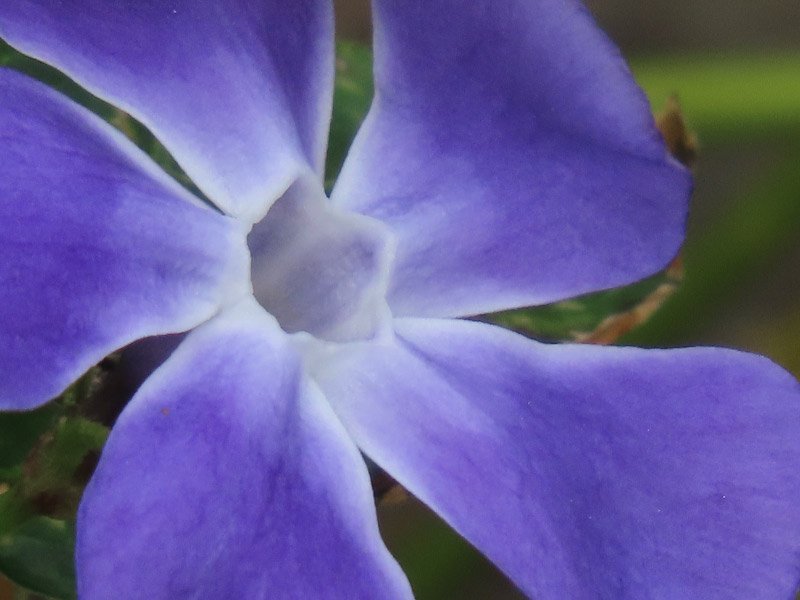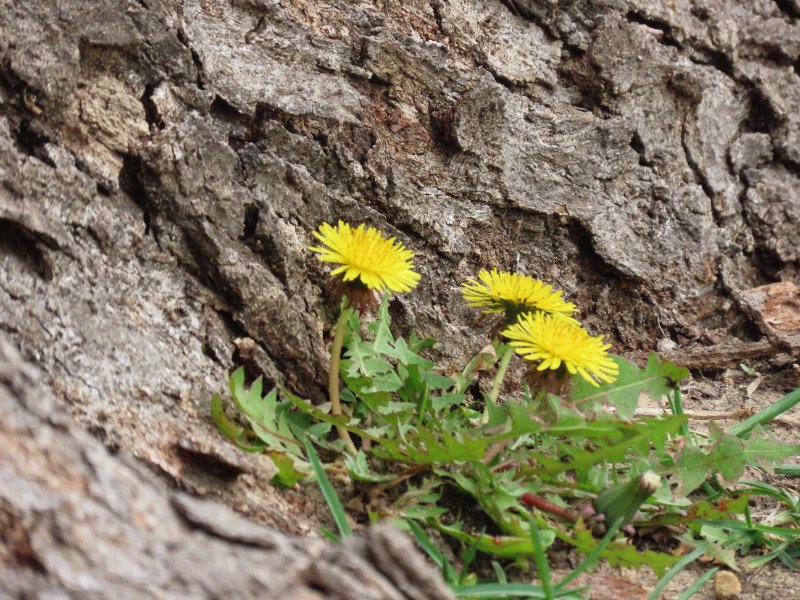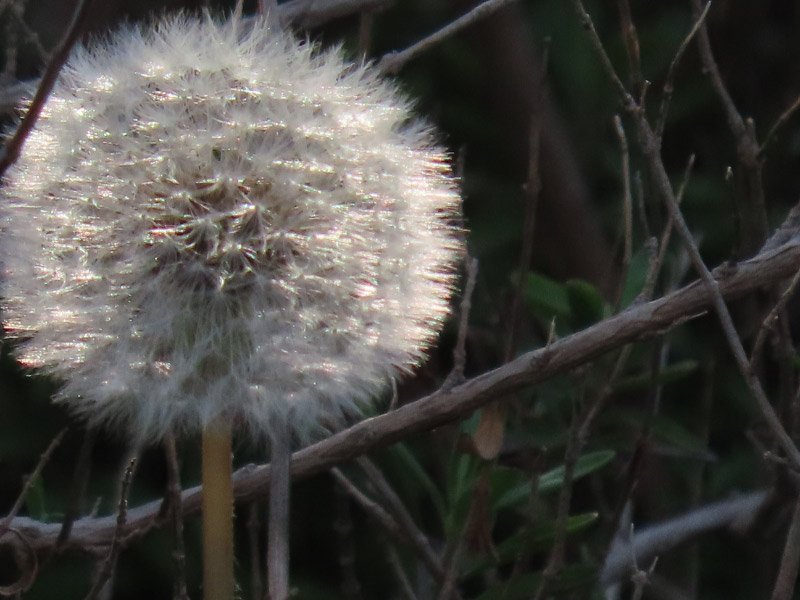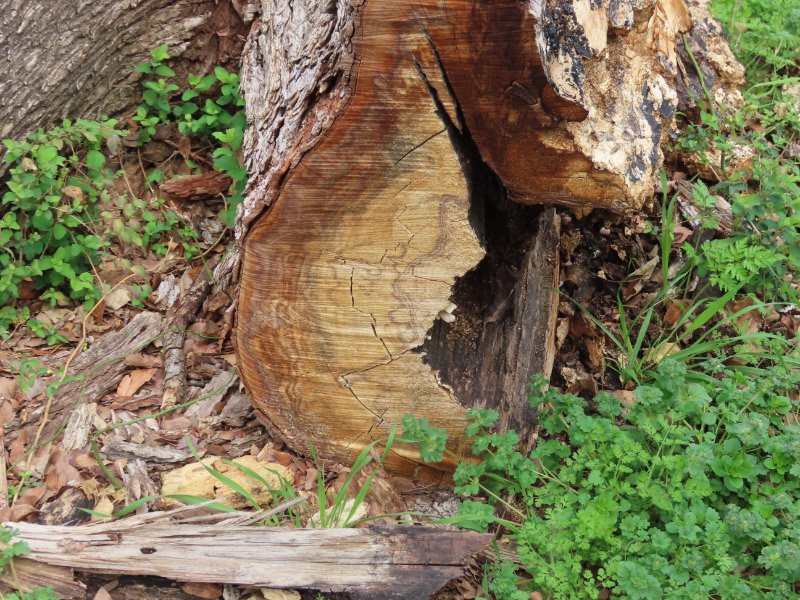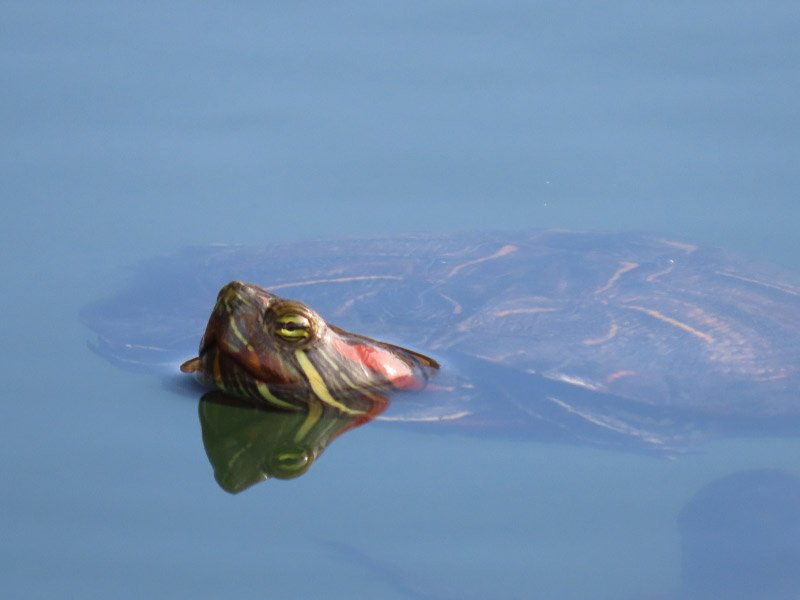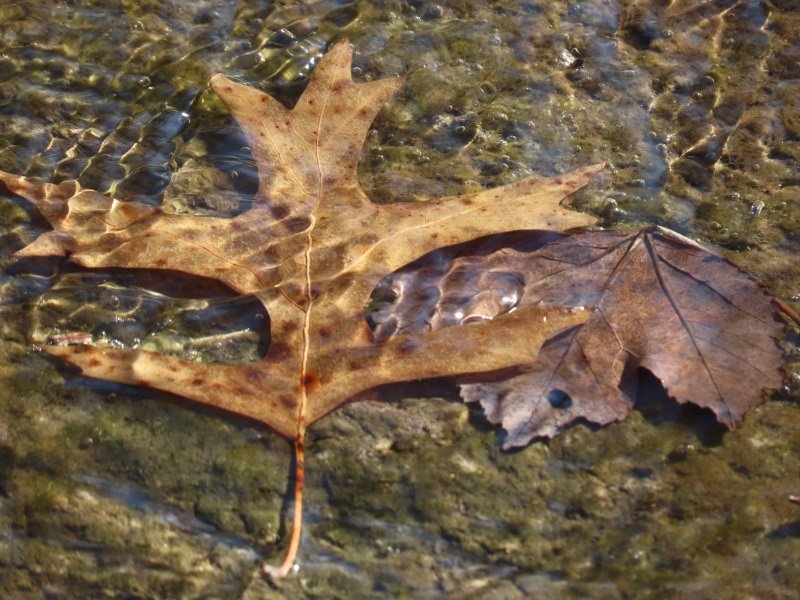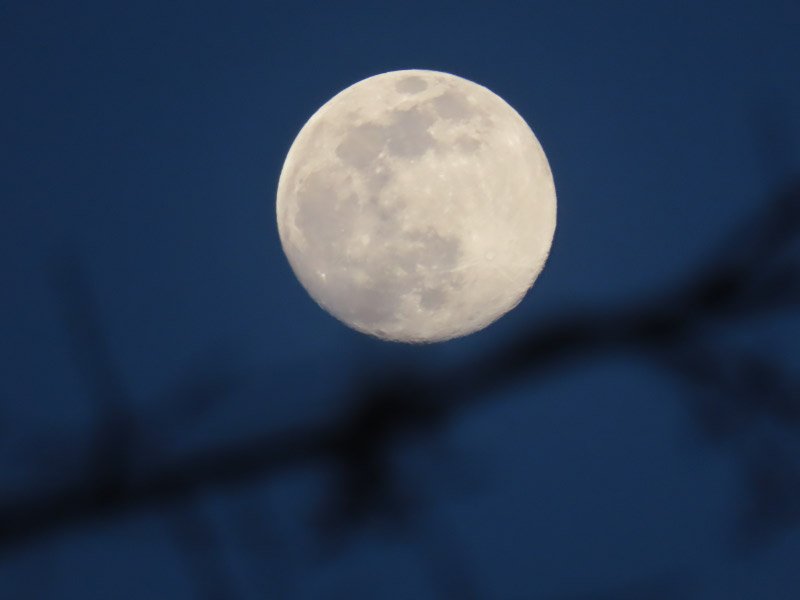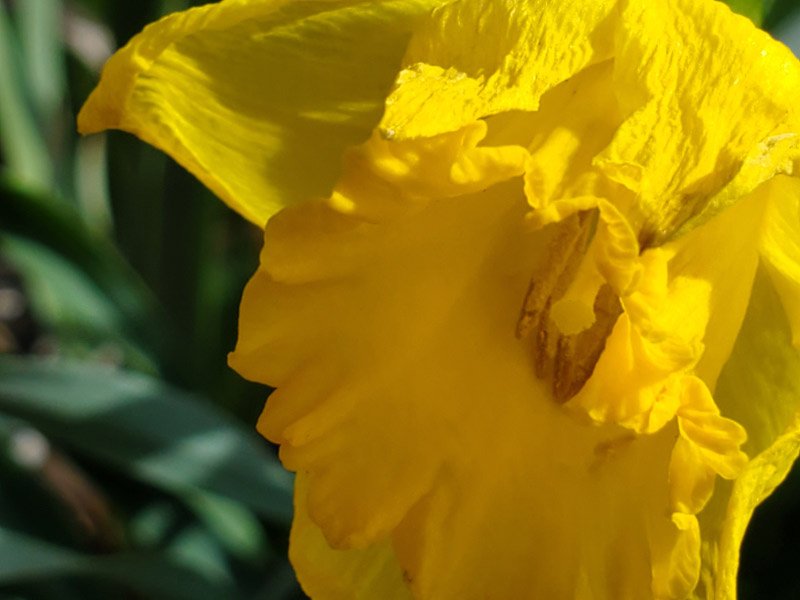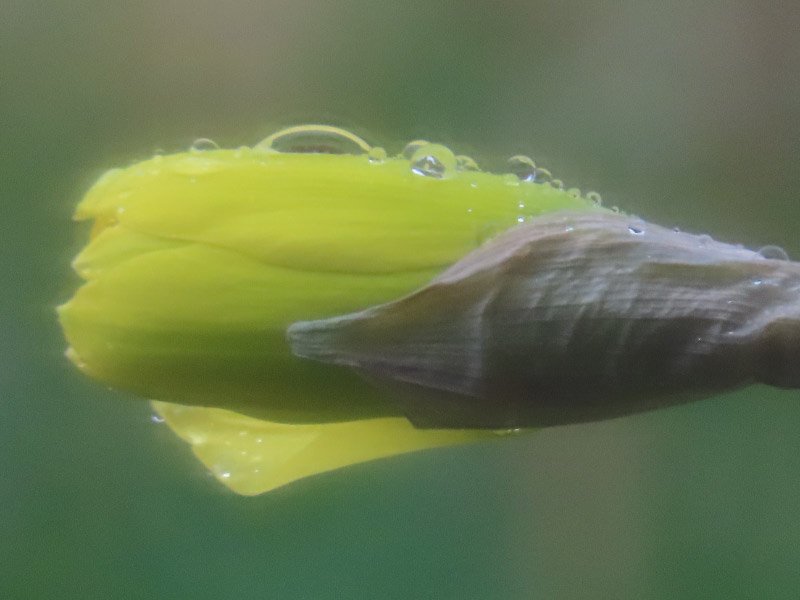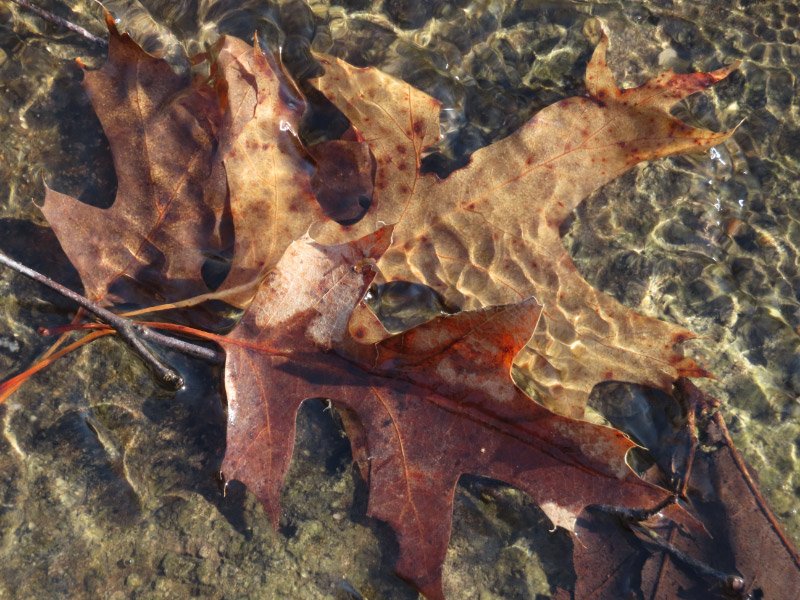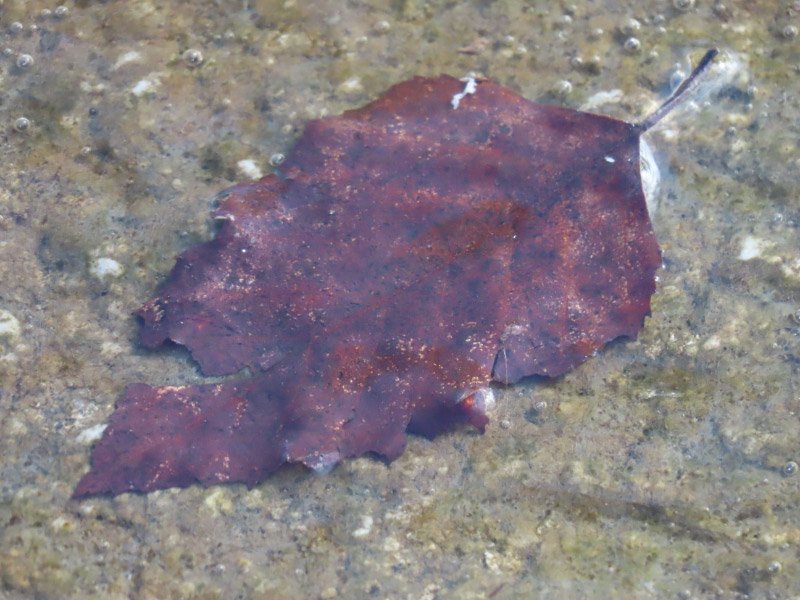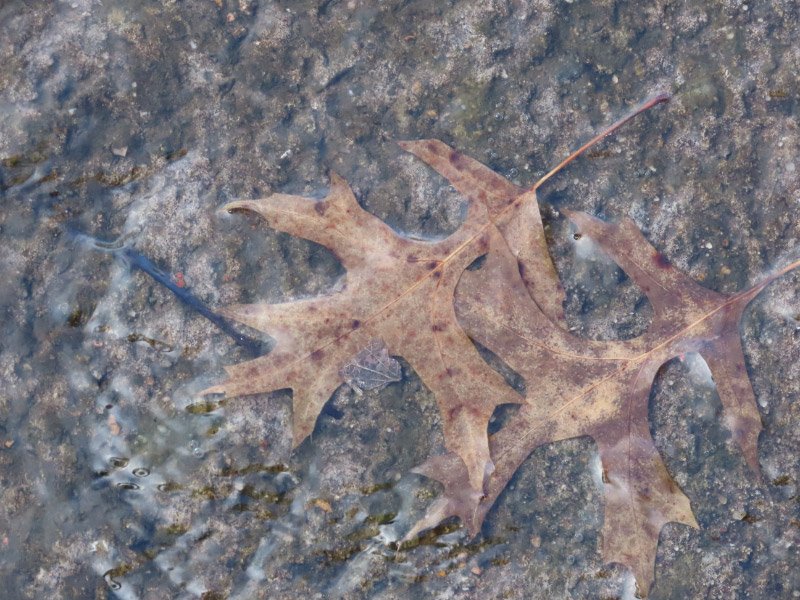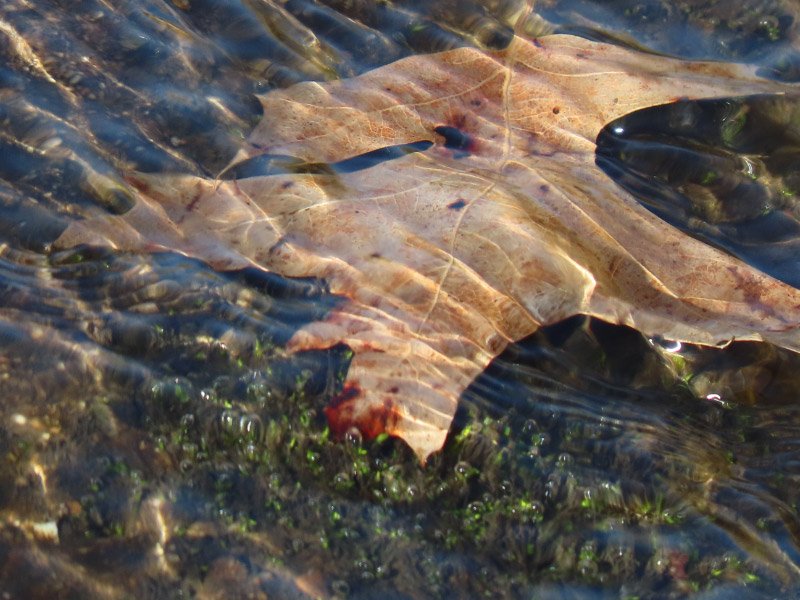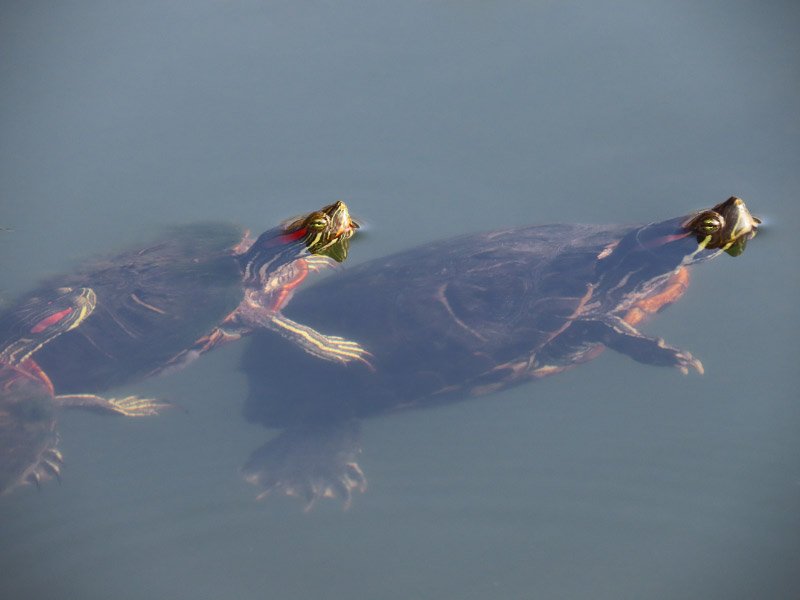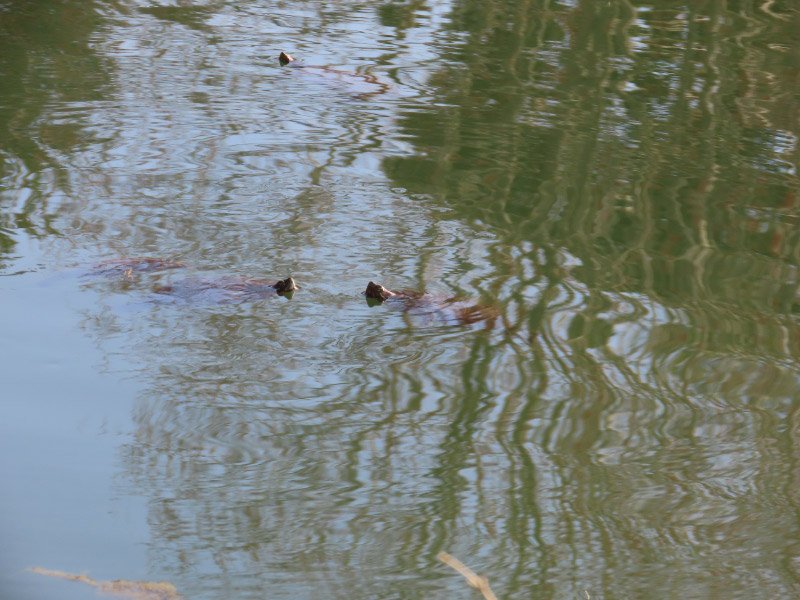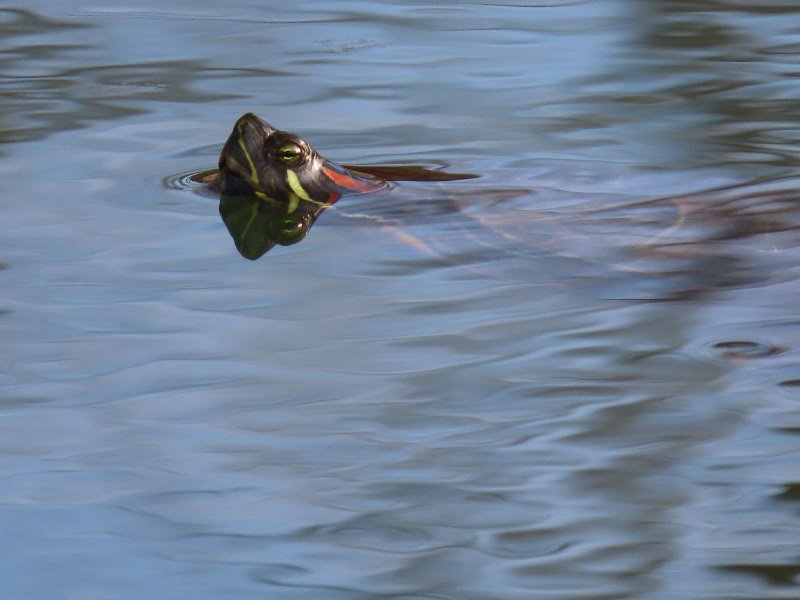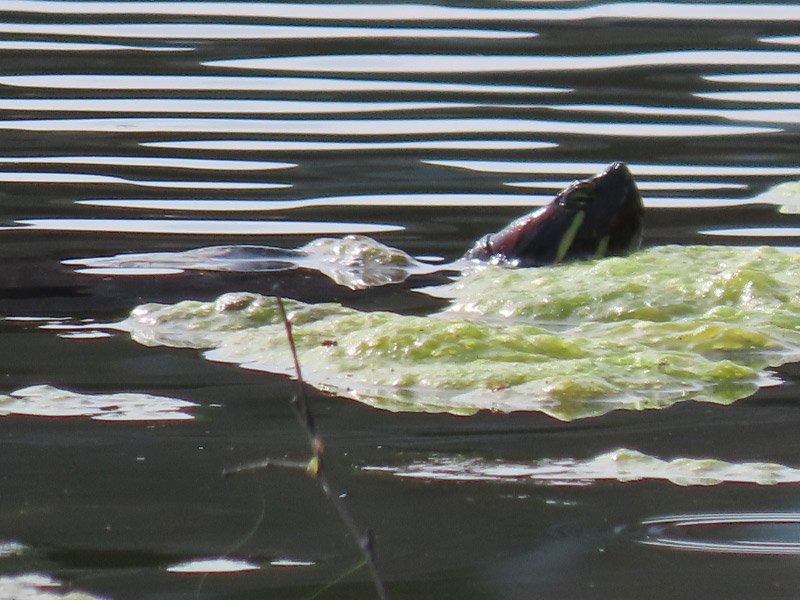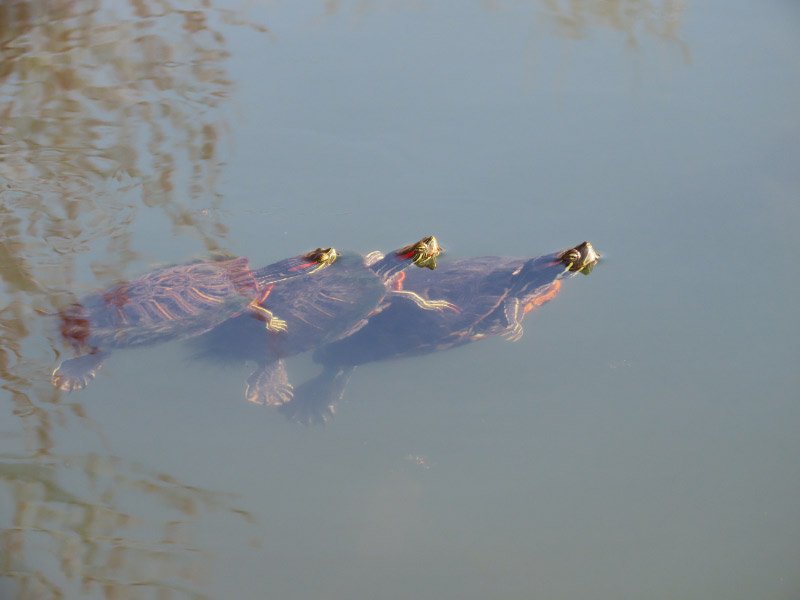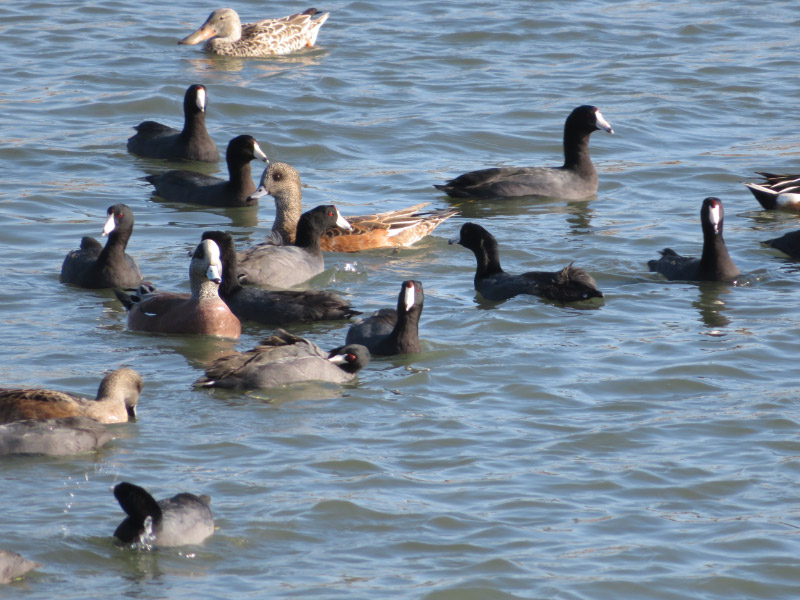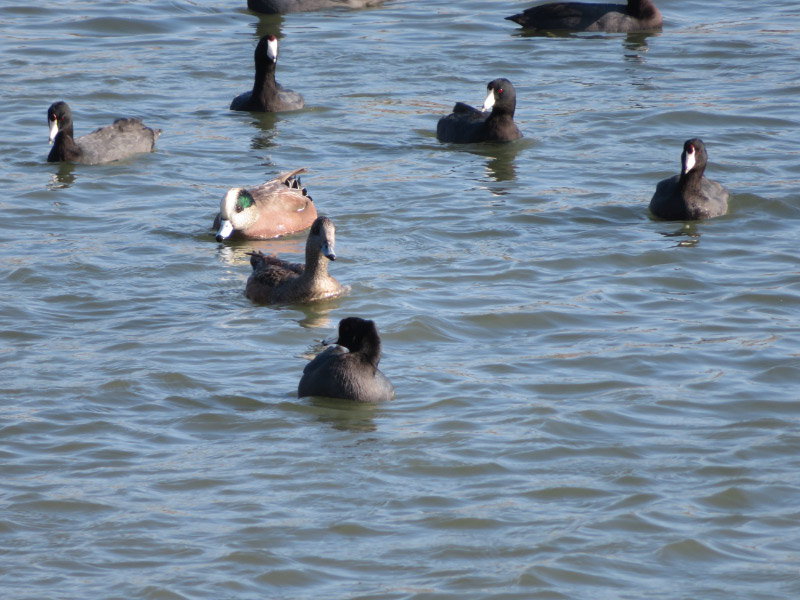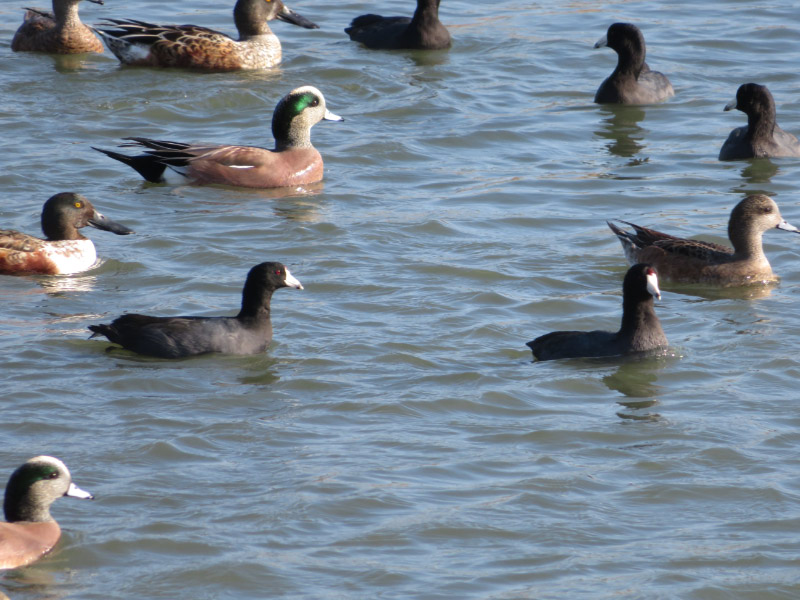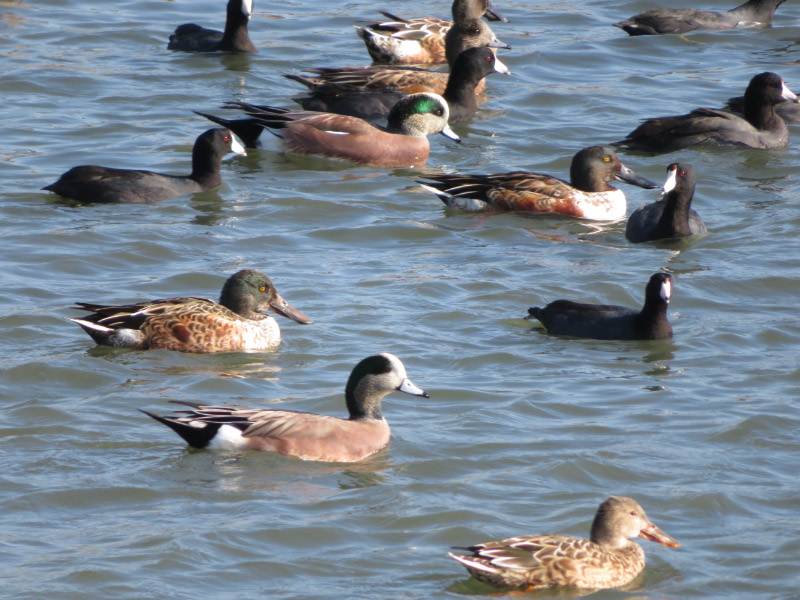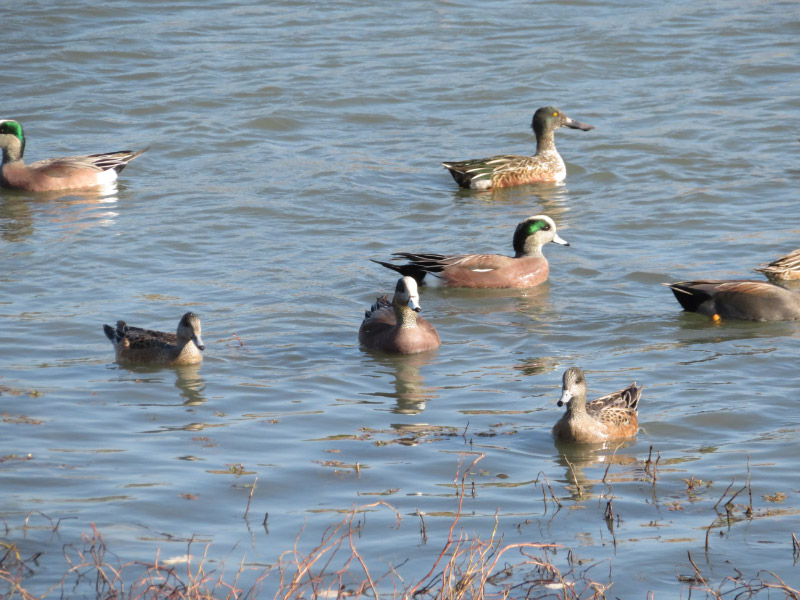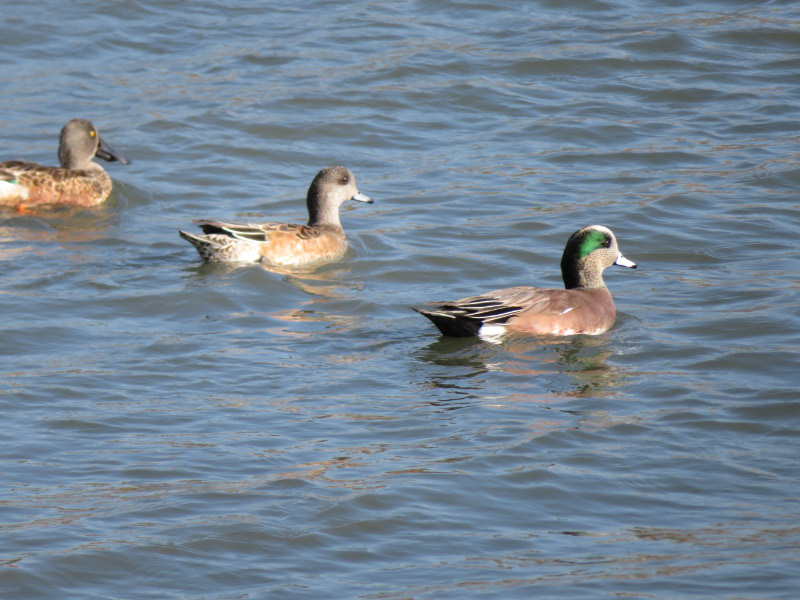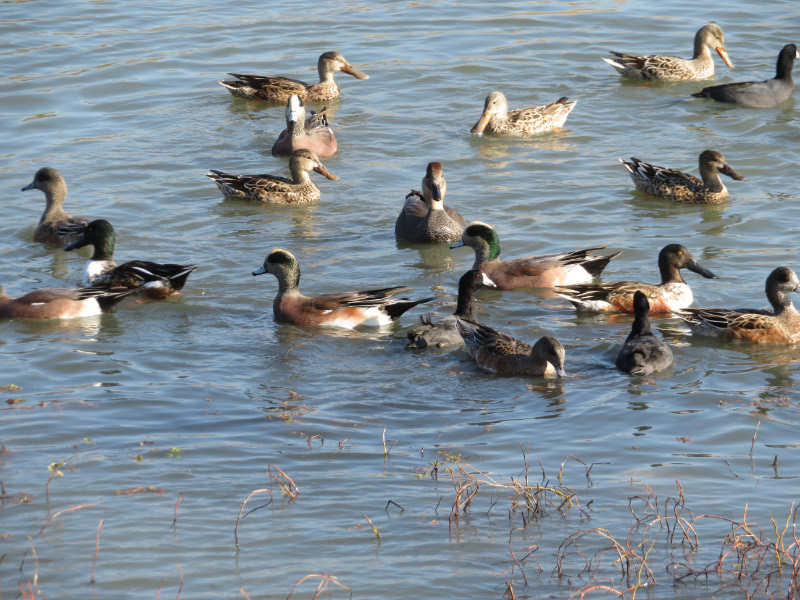Our Missouri Neighborhood – February 2025
/We had a day in the upper 60s in February!!! It was a great day to walk around the neighborhood. The beds planted with native wildflowers at the edge of the pond are new – a next-step in the project to put more natives in the shallow water and along the edge of the pond. The water plants were done first and surrounded my wire mesh to protect them until they are established. This second phase was cardboard covered my mulch and planted with native wildflowers…mostly coneflowers based on the labels I could see.
The turtles were enjoying the sunshine and warmth. There was a group on the small island – primarily facing the bank. All except one slid into the water as I got closer.
There was one on the opposite bank – a little higher out of the water….looking out over the pond. Perhaps it was a different kind of turtle?
I saw a pair of mallards in an area with some downed branches. The female was alert as I neared…but male stayed asleep. There have been ducklings on the pond for the last two years, but the turtles have gotten them. I wondered if the pair I saw was the same as in years past and if they will try again this year. Based on the number of turtles I saw (and their size), I think our pond is probably not be a good place for ducklings.























